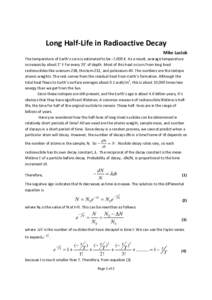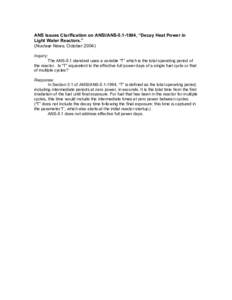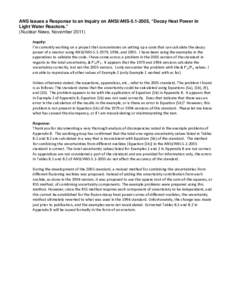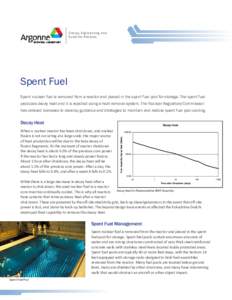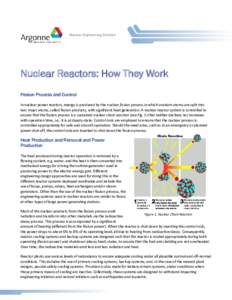<--- Back to Details
| First Page | Document Content | |
|---|---|---|
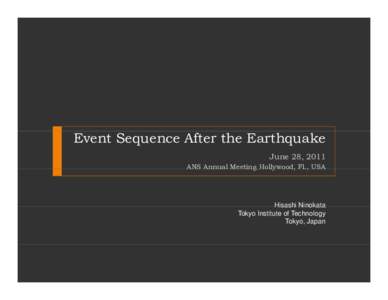 Date: 2012-05-02 15:10:16Heat transfer Nuclear technology Fukushima Daiichi nuclear disaster Nuclear energy in the United States Thoku earthquake and tsunami Boiling water reactor Condenser Decay heat Economic Simplified Boiling Water Reactor Tokyo Electric Power Company Heat exchanger Boiling water reactor safety systems |
Add to Reading List |
 Microsoft PowerPoint - ANS Panel Presentation (HN)
Microsoft PowerPoint - ANS Panel Presentation (HN)